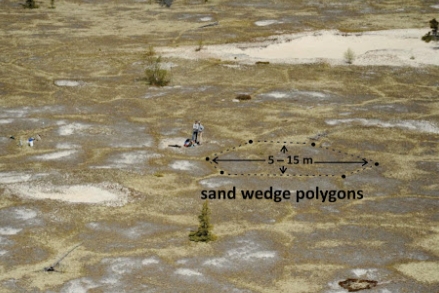Exploring the ever-changing landscape: Understanding contemporary geomorphology
Geomorphology is a branch of Earth science that focuses on the study of landforms, their formation, and the processes that shape them. In recent years, the field of geomorphology has seen significant advancements, with new technologies and methodologies revolutionizing our understanding of the ever-changing landscape.
Technological advancements driving research
Advances in remote sensing technologies, such as LiDAR and satellite imagery, have enabled researchers to study landscapes in unprecedented detail. These tools allow scientists to create high-resolution maps of terrain, track changes over time, and analyze the processes that shape the Earth’s surface.
Coupled with Geographic Information Systems (GIS), these technologies have transformed the field of geomorphology, allowing researchers to analyze landforms in ways that were not possible before. By combining data from multiple sources, scientists can gain a more comprehensive understanding of how landscapes evolve and change over time.
Understanding natural hazards
One of the key applications of contemporary geomorphology is the study of natural hazards, such as landslides, earthquakes, and floods. By mapping and analyzing the terrain, researchers can identify areas that are prone to these hazards and develop strategies to mitigate their impact on communities.
For example, by understanding the factors that trigger landslides, scientists can create early warning systems to alert residents in at-risk areas. Similarly, by studying the patterns of river flooding, researchers can help communities prepare for and respond to these events more effectively.
Implications for climate change
Contemporary geomorphology also plays a crucial role in understanding the impact of climate change on the Earth’s landscapes. By studying how rising temperatures and changing precipitation patterns affect erosion, sediment transport, and the formation of landforms, researchers can better predict how our environment will change in the future.
For example, melting glaciers and permafrost are leading to increased rates of erosion and sediment deposition in alpine and polar regions. By studying these processes, scientists can gain insights into the long-term effects of climate change on our planet’s geomorphology and help inform decision-making on environmental management and conservation.
In conclusion, contemporary geomorphology is a dynamic and evolving field that is reshaping our understanding of the Earth’s landscapes. Through the use of advanced technologies and methodologies, researchers can explore the ever-changing terrain in unprecedented detail, leading to new insights into natural hazards, climate change, and the processes that shape our world.

